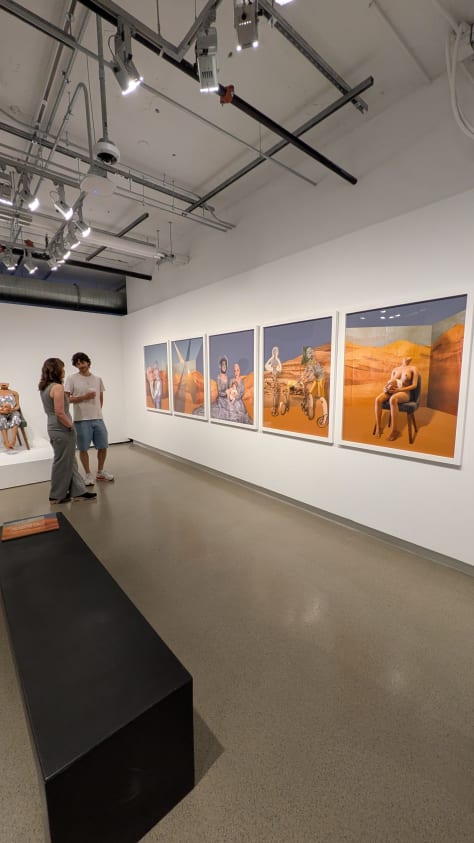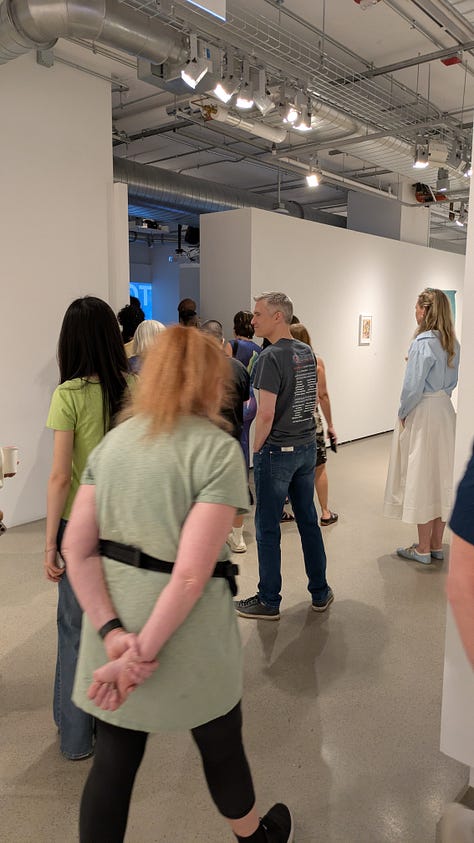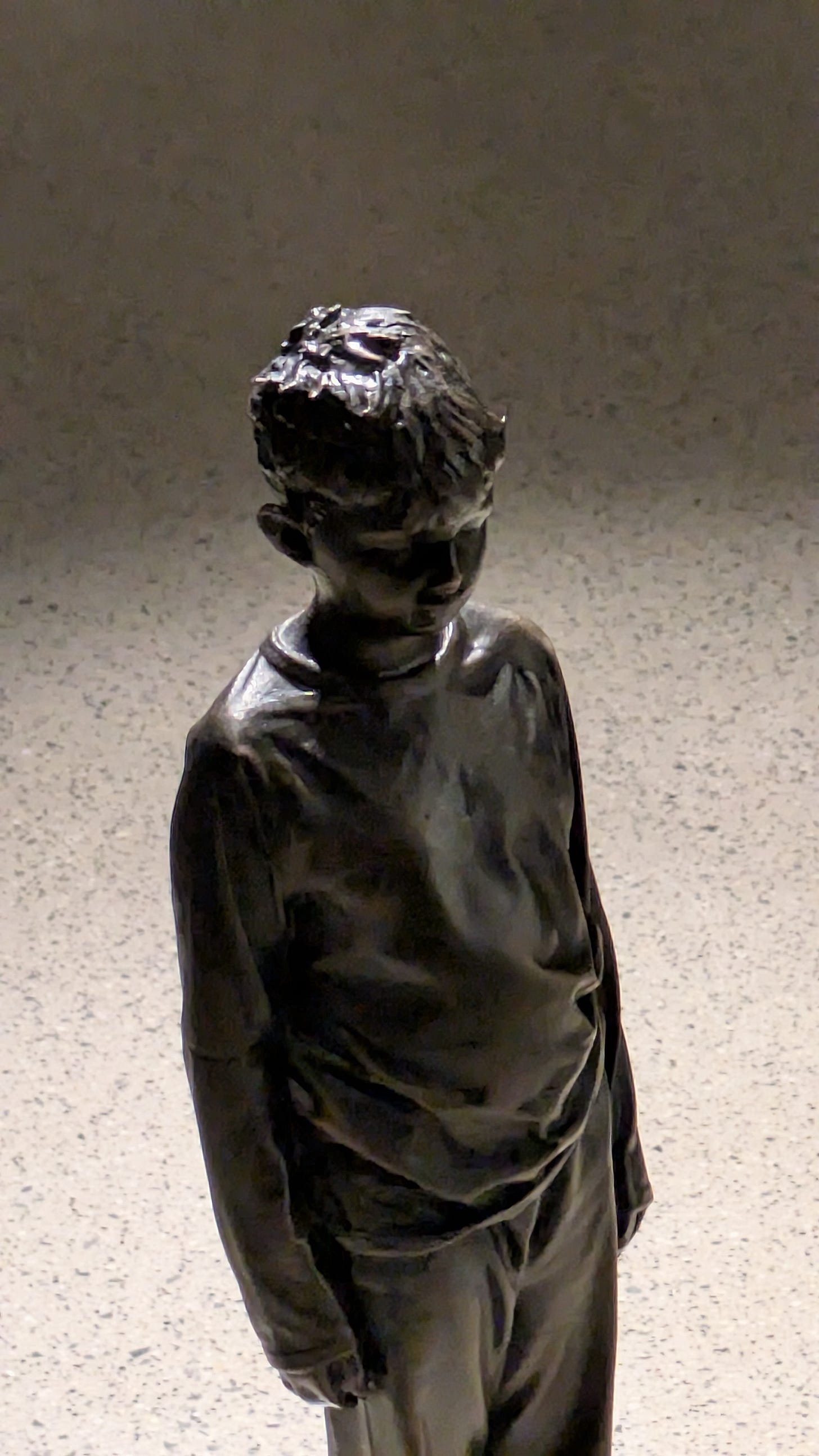A Brief History of Meaning-making
School of the Art Institute Low-Residency MFA Thesis Exhibition public reception, July 12
I mentioned in a previous post the attractions of acquainting oneself with artists at the beginning of their careers, for the opportunity to observe their careers and ones own tastes mature over time.
To that end I attended the public reception of the Low-Residency MFA Thesis Exhibition at the SAIC Galleries in the Loop.
The Low-Residency MFA program at SAIC, serves students who don’t want to or can’t move to Chicago for the duration of the standard Master’s program. Enrollees attend three six-week summer sessions at the school, all other instruction and activities are online.
The primary impression that I took from the show was an apparent shift away from approaches I’ve gotten used to seeing elsewhere — the flat, the banal, the biological, the reflexive pop-cultural references, the sparse marks and streaks — and a move toward discourse and discursion, layering and labyrinth-making which create anticipation of insight or epiphany.
Meaning, as this show seems determined to establish, is not only created via thinking, referencing, making conscious connections, but also by direct action — deliberate and directed movements, focused attention on what doesn’t yet exist, repetition with variations; embroidery in the most general sense.
I’m led to wonder if this show is a harbinger of a shift in the general cultural flow, or perhaps more simply a consequence of the program’s structure, where the students have much more time to themselves, time to look in the abyss, time to experience clouds of new consciousness condense around them.
On the theme of creating meaning, one of my favorite sets of work was by Viraj Khanna, which featured literal embroidery. His work showed humor, patience and plasticity of imagination, suggesting they are interconnected, promising freedom within restraint. The accompanying labels feature long lists of names of people who helped him execute the works, suggesting shared experience as a route to shared meaning.
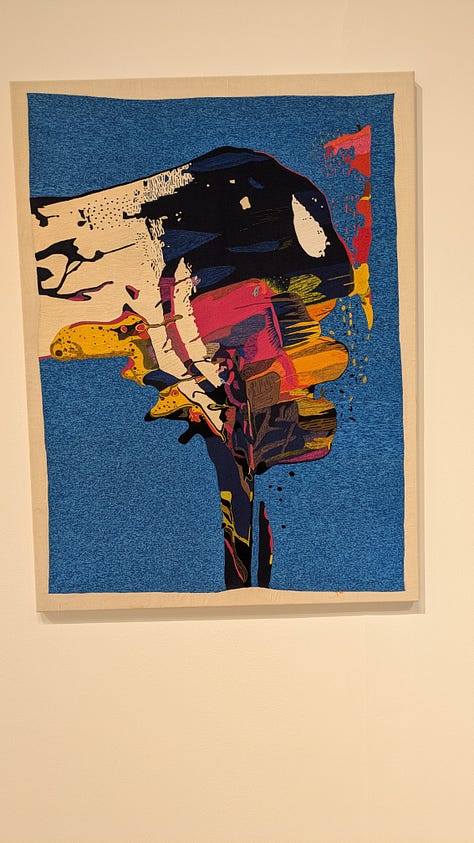
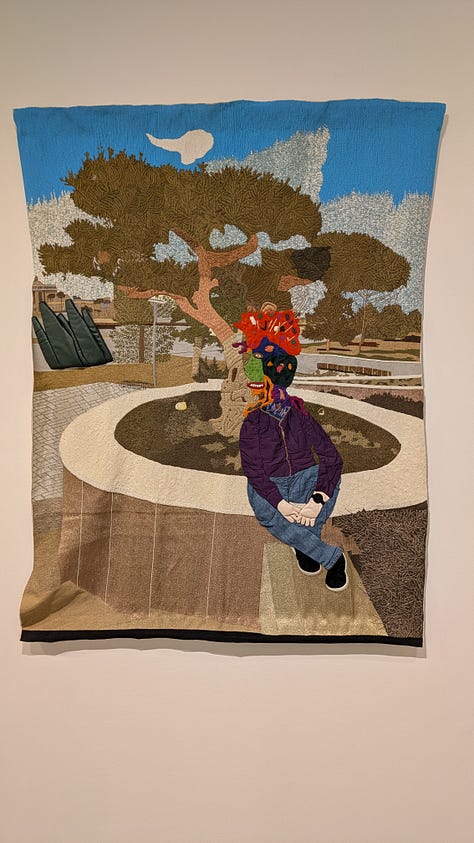
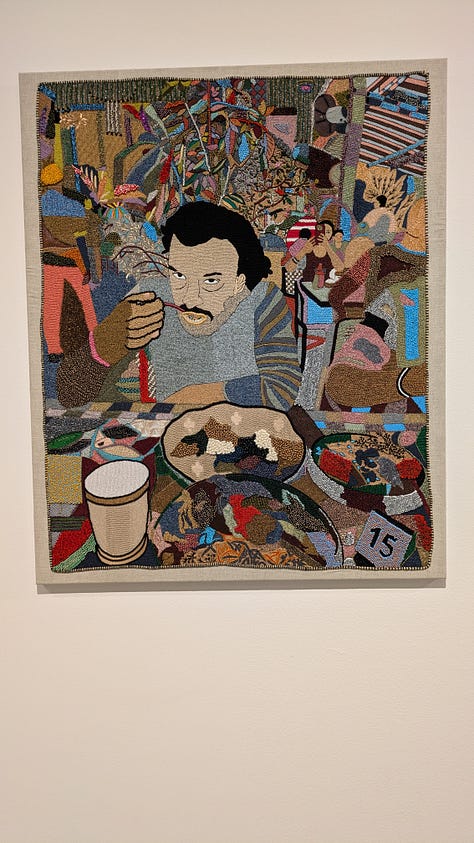
Peter Tristram Walz created bronze and plastic figures using 3D manufacturing technology, and placed them in an installation featuring large close-up photographs of what appear to be the objects to be cast as they were extruded by the 3D printer. The layers of molding plastic in the photos record the machine’s repetitive progressions, a mindless abstraction of human craft and meditation. The sculpted results of the machine action are placed among the photos, with a feeling of gaps of consciousness in planning, execution, and the tangible enigmatic results.

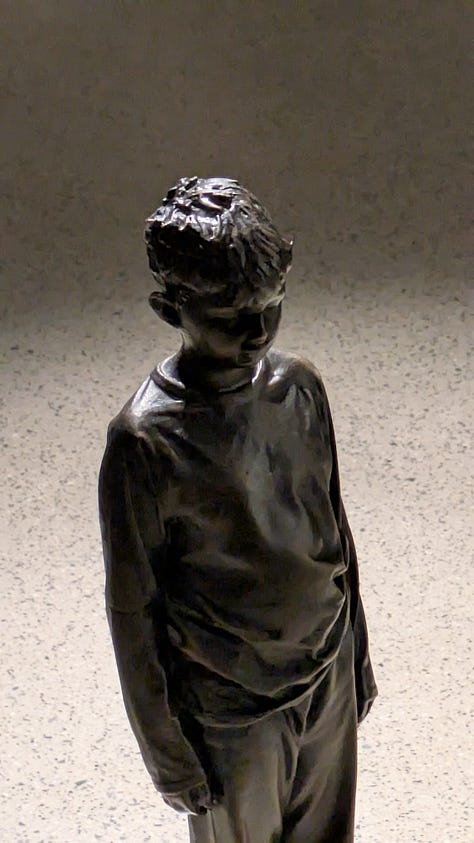
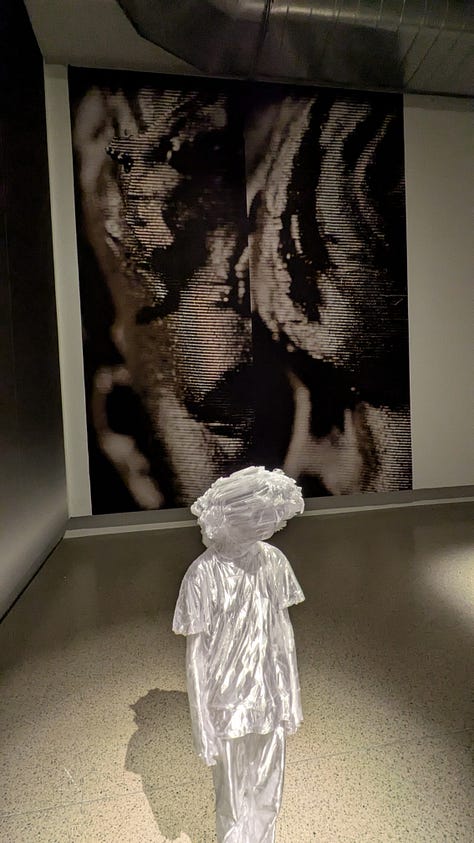
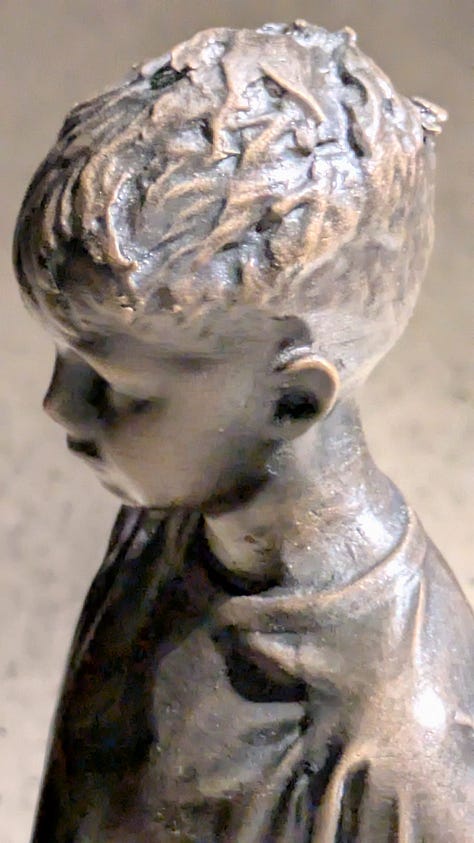

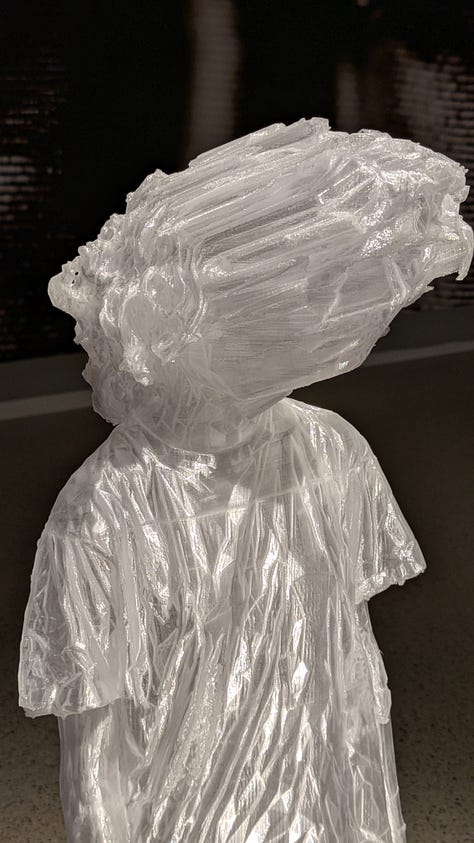
David Carroll Orr wrote a novel, “A Tornado, a Turnip and a Minotaur Walk into a Bar: An American Memoir.” Pages from it were enlarged into panels for display. The text reads like surrealist combination of Thomas Pynchon and Sam Shepard.

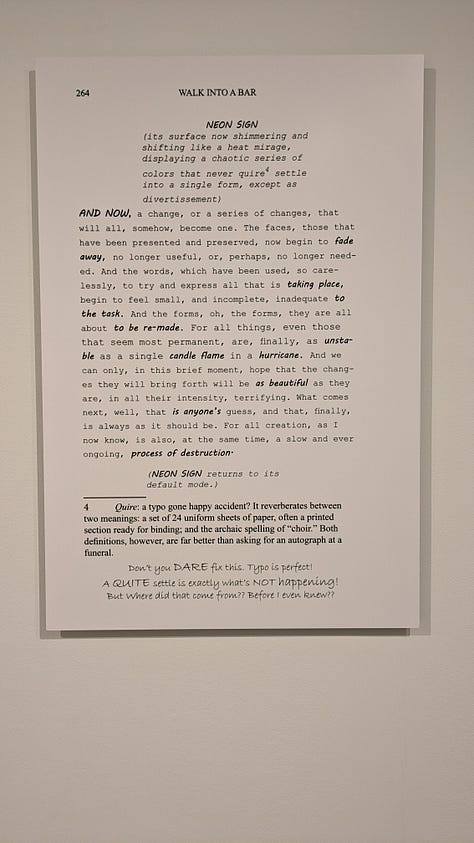

Rebecca Rose Grant made (self?) portraits, one out of many parts and many out of one.
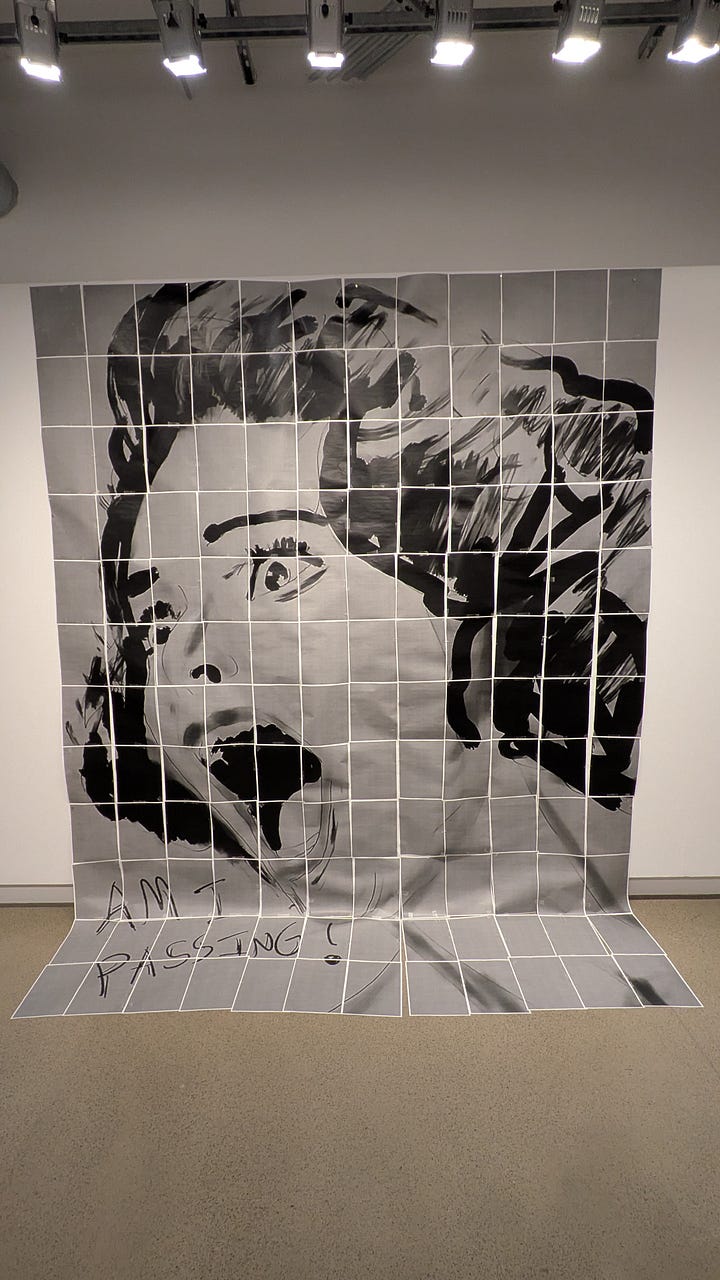
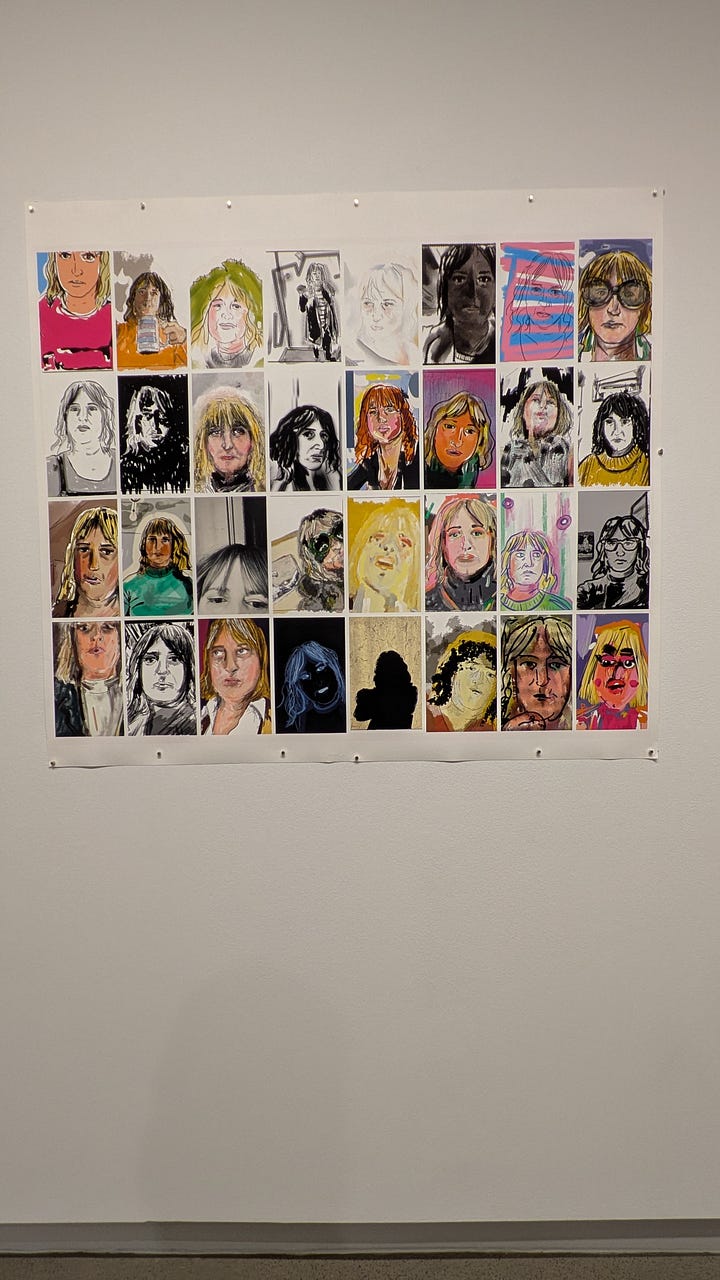
Adolfo Ruiz Tosar created works of ritual discursion and recursion, perhaps crossing into obsession. Is the ritual a rescue from or a cause of the incipient madness?
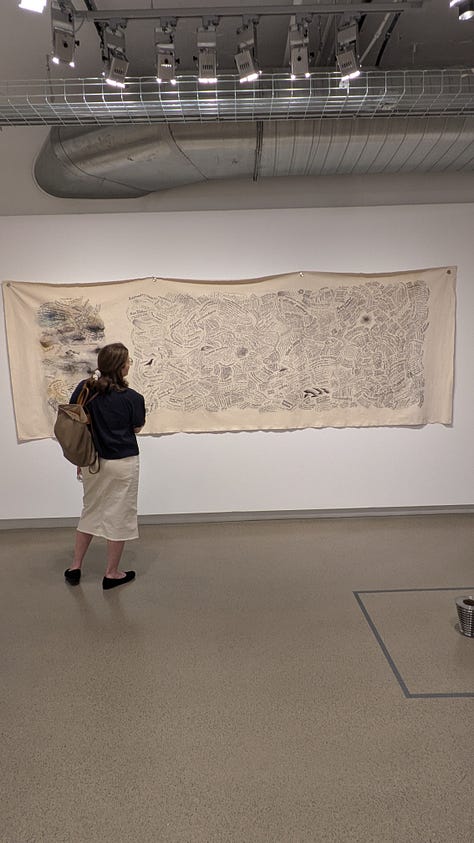
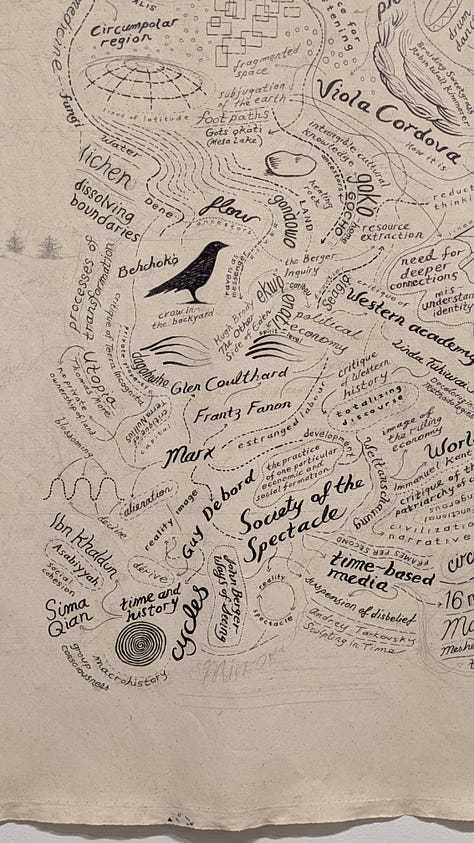
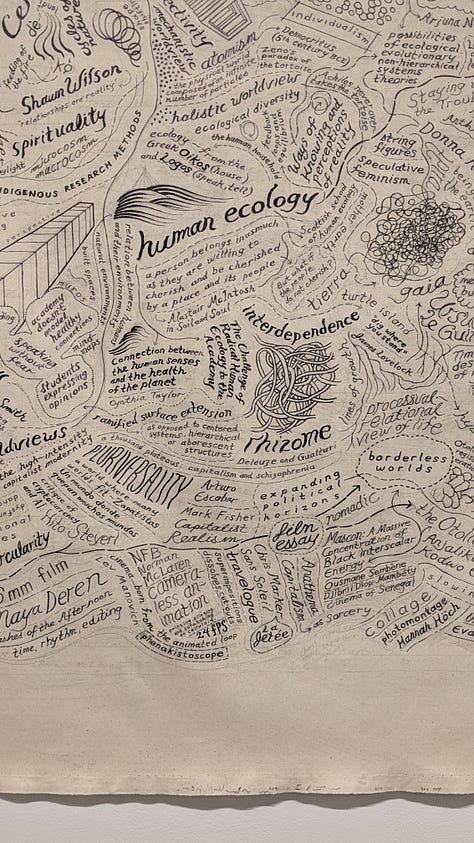
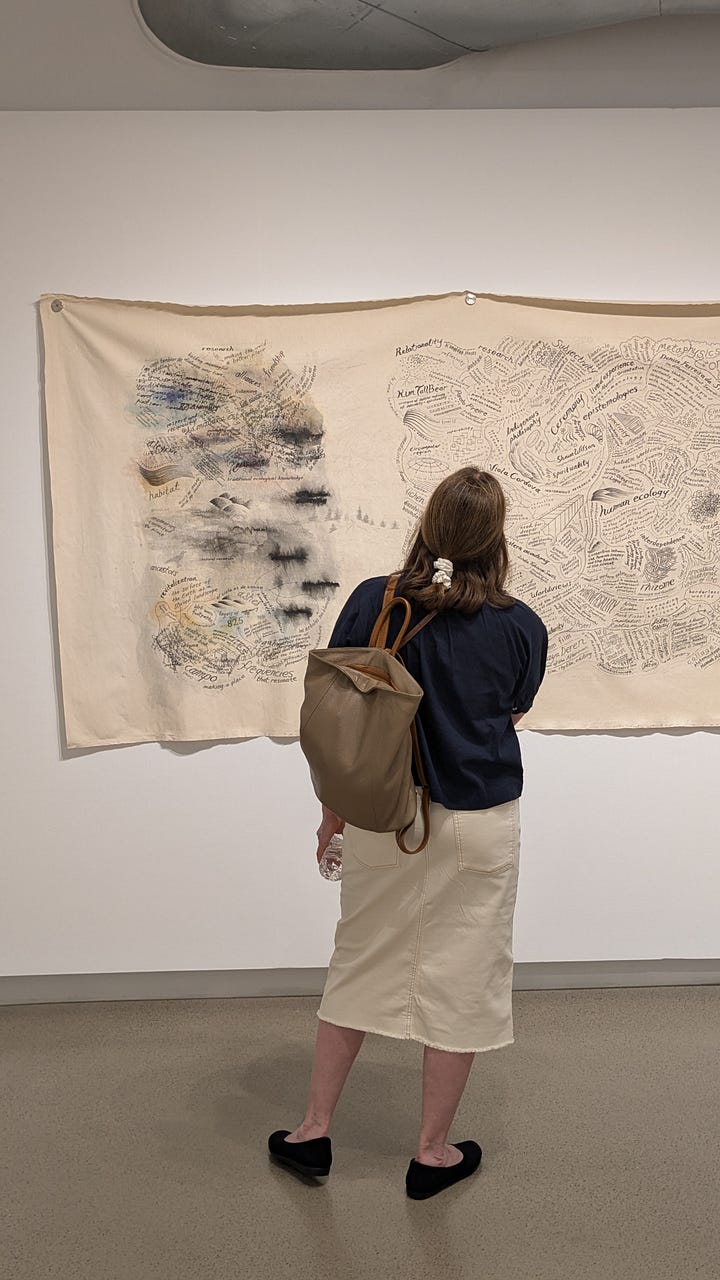


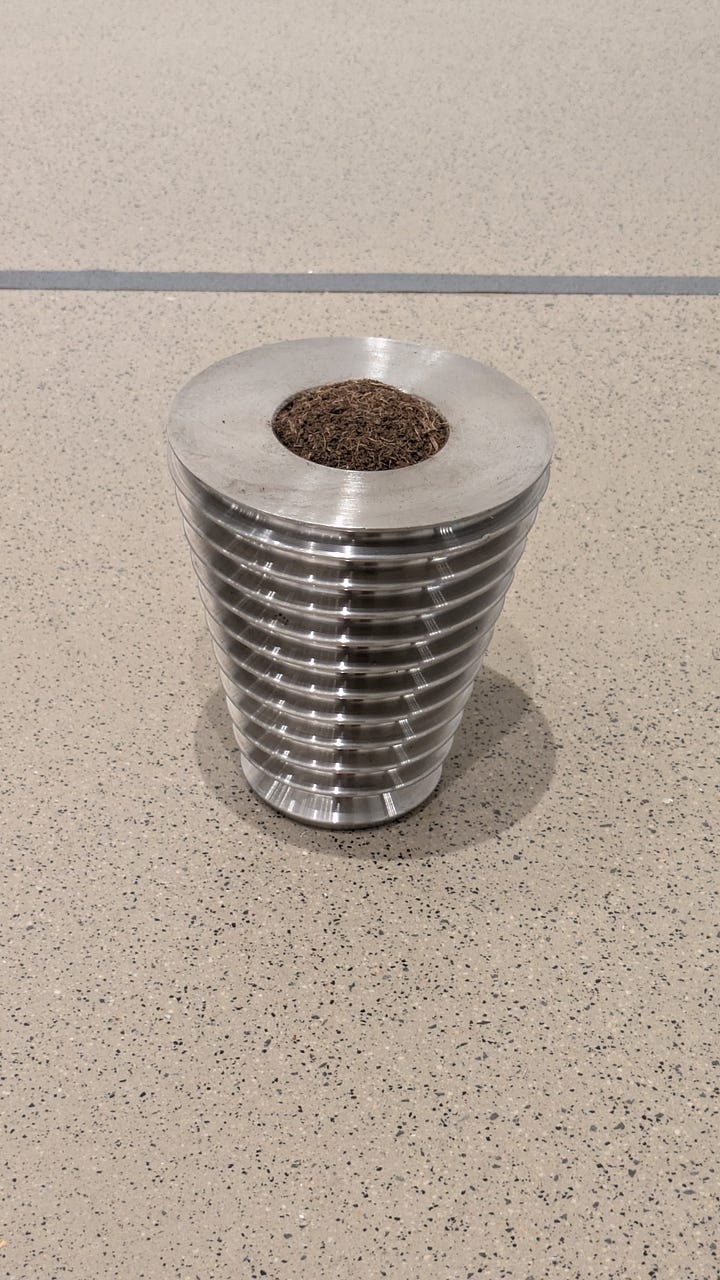
Ibrahim Ahmed re-created items of his and his father’s clothing and added heat-pressed images of hands, “replicating his gestures from family archives.”
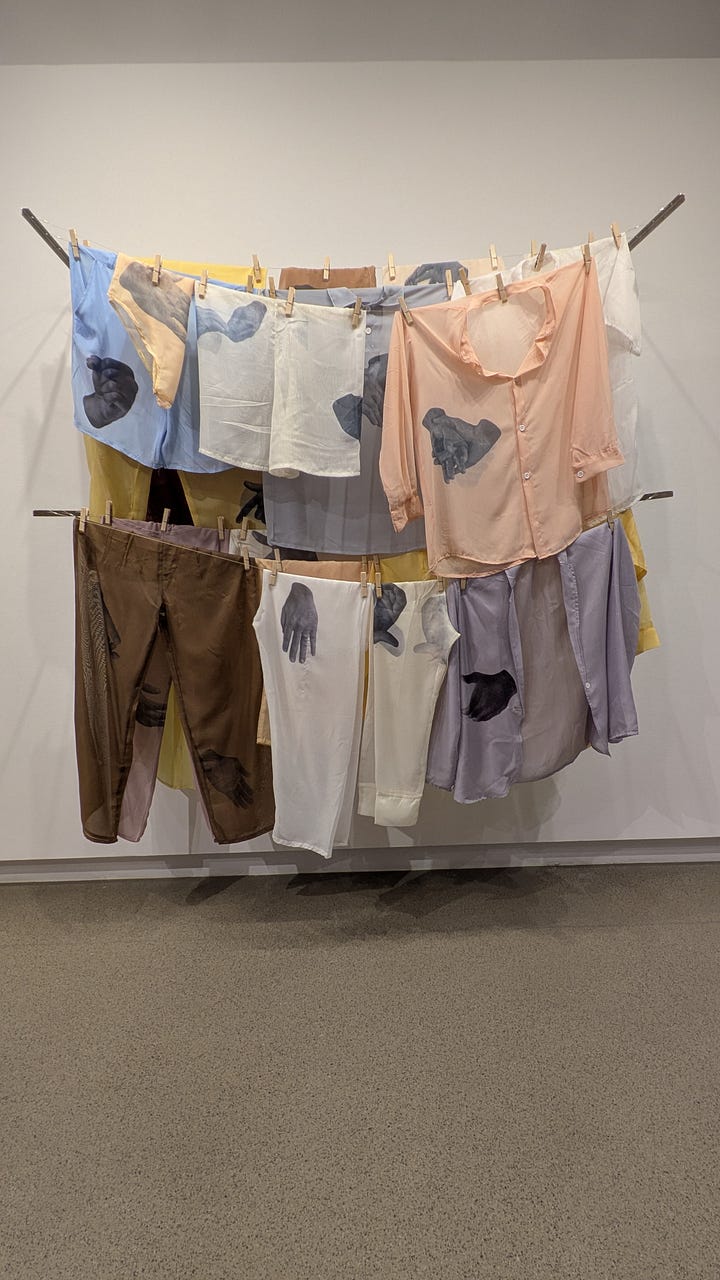
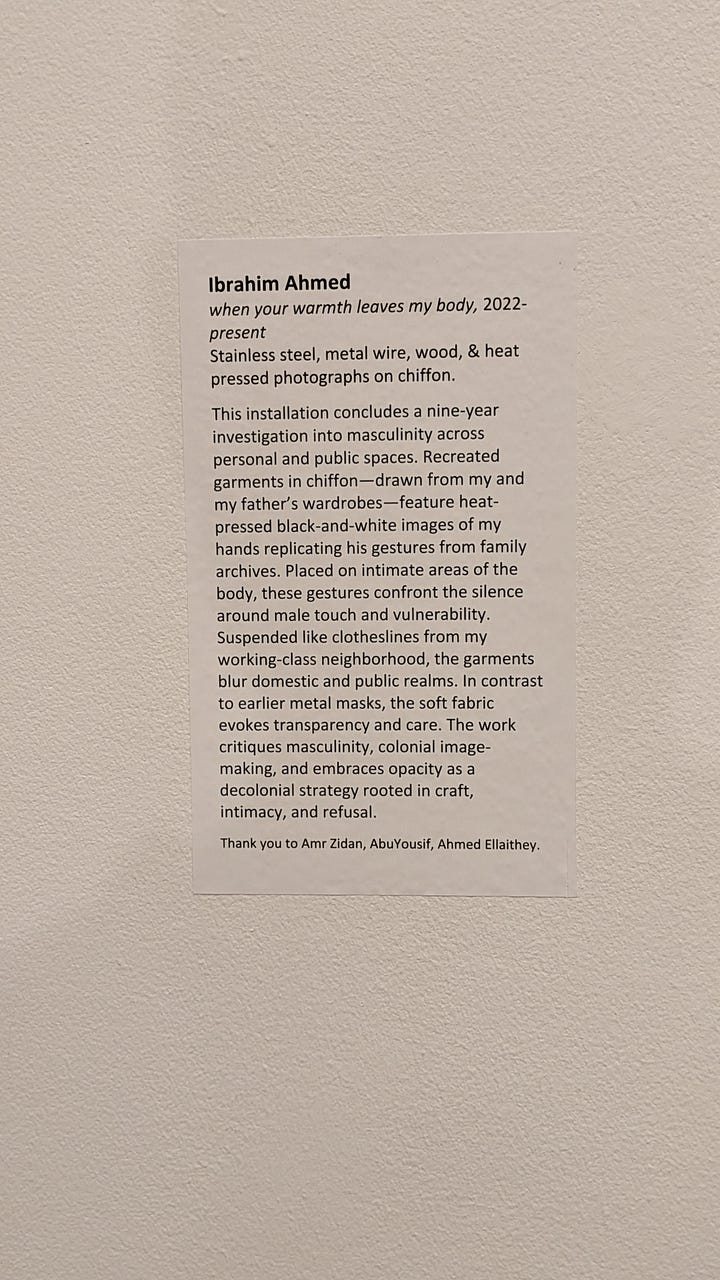
Here is a link to more information about the participating artists and their locations on the Internet. Find out more about them and start following the ones that intrigue you. The best investment in art is a personal investment, and the best art is the art you feel you have a connection to.

